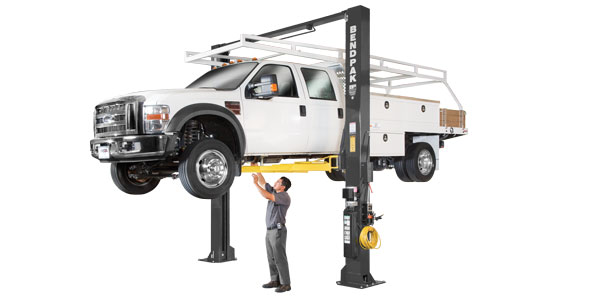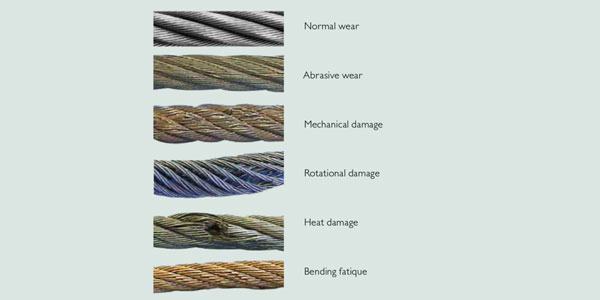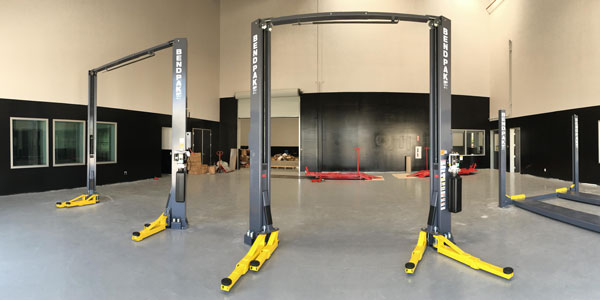According to the electrical experts at Purkeys Electric, when a truck has battery issues, fleets normally replace all the batteries to get that truck back on the road. But what happens to the removed batteries? Generally, only one of the batteries in the pack is bad; the rest are likely discharged due to the bad battery. Recharging these batteries and putting them back into service is a huge savings to fleets.
A critical part of a successful battery program involves setting up a “battery room.” Below are some of the important elements for a battery room:
• Staging area: All removed batteries are placed on a pallet that is marked “to be charged.”
• Battery charging area: A safe area designed to be operated by a single technician should be equipped with smart chargers that do not require constant labor.
• Battery test area: Should be close to the charging area to maximize efficiency.
• Extended wait area: Once the batteries are tested, they should sit an additional two days then be re-tested to ensure they are good enough to be put back into service.
• Clearly marked pallets: Segregate batteries once they have completed the testing process: good batteries ready to be put back into service; cores/scrap batteries that are out of warranty; and dead batteries that are within the warranty period and should be returned for warranty credit.




